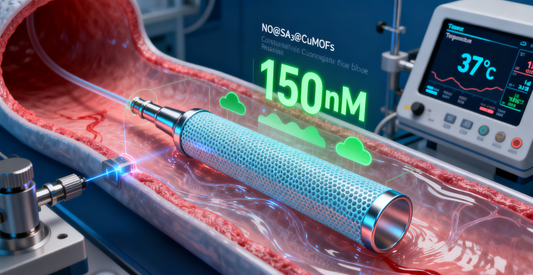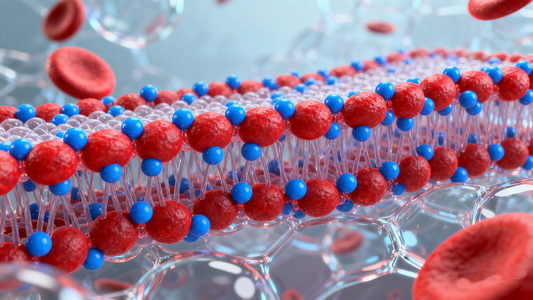
Recent Advances in Atherosclerosis Therapy: From Key Molecular Targets to Plaque-Positioned Delivery Strategies
Atherosclerosis (AS) is one of the leading causes of cardiovascular diseases worldwide. It is characterized by lipid deposition, chronic inflammation, and fibrotic responses, which ultimately result in plaque formation and arterial narrowing. Severe cases can lead to life-threatening events such as myocardial infarction and stroke. Although traditional therapies like statins and antiplatelet drugs are widely used, their limited efficacy and side effects highlight the urgent need for more precise and effective treatment approaches.
In a review published in the Journal of Tissue Engineering (impact factor 7.8), researchers from Sichuan University summarized recent progress in identifying key therapeutic targets and developing plaque-targeted drug delivery strategies. This review provides valuable insights for the design of next-generation therapies for atherosclerosis.
🔑 Key Therapeutic Targets
-
Lipid Metabolism Regulation
-
PCSK9 inhibitors: Enhance LDL receptor (LDLR) recycling, leading to a significant reduction in plasma LDL-C levels.
-
ANGPTL3 inhibitors: Improve triglyceride and cholesterol metabolism.
-
-
Inflammatory Signaling Pathways
-
NLRP3 inflammasome: Drives the release of IL-1β and IL-18, fueling vascular inflammation.
-
NF-κB pathway: Regulates multiple inflammatory mediators and serves as a critical drug target.
-
-
Endothelial Function Protection
-
Reduced nitric oxide (NO) generation is a hallmark of early AS. Restoring endothelial function can delay disease progression.
-
-
Plaque Stability
-
Targeting macrophages, smooth muscle cells, and extracellular matrix components helps thicken the fibrous cap and prevent plaque rupture.
-
🎯 Plaque-Targeted Delivery Strategies
Conventional oral or intravenous therapies often fail to efficiently concentrate at diseased sites. Nanotechnology and targeted delivery systems offer new solutions:
-
Passive Targeting
-
Exploits enhanced vascular permeability at inflamed sites (the EPR effect), allowing nanoparticles to accumulate in plaques.
-
-
Active Targeting
-
Uses surface-modified ligands (e.g., anti-VCAM-1 antibodies, peptides) to specifically recognize inflamed endothelium and macrophages.
-
-
Stimuli-Responsive Systems
-
Carriers designed to respond to acidic pH, reactive oxygen species (ROS), or enzymatic signals can release drugs precisely within plaque microenvironments.
-
-
Carrier Types
-
Liposomes, polymeric nanoparticles, and biomimetic membrane-coated particles (e.g., macrophage membrane camouflaging) show strong potential in preclinical studies.
-
🧪 Challenges for Research and Clinical Translation
-
Balancing efficiency and safety: Achieving high targeting specificity without causing systemic side effects remains a challenge.
-
Patient heterogeneity: Variations in inflammation levels and plaque composition require personalized therapeutic approaches.
-
Limited clinical validation: Many advanced nanodelivery systems remain at the preclinical or early clinical trial stage.
🌟 Outlook
With growing insights into AS pathogenesis, future treatments are expected to evolve toward “precision + multi-target + plaque-positioned delivery” strategies:
-
Precision medicine: Techniques like gene editing and RNA interference will enable modulation of core molecular targets.
-
Multifunctional nanoplatforms: Systems combining lipid-lowering, anti-inflammatory, and plaque-stabilizing effects.
-
Clinical translation: Accelerating the advancement of nanomedicines into phase II/III clinical trials to bridge the gap between laboratory research and patient care.
✅ Conclusion
This review highlights the emerging paradigm in atherosclerosis therapy:
-
Focusing on lipid metabolism, inflammation, endothelial function, and plaque stability as key therapeutic targets;
-
Leveraging nanotechnology and biomimetic delivery systems for precise plaque-targeted interventions.
Looking ahead, interdisciplinary innovations and advances in nanomedicine are likely to transform atherosclerosis treatment, significantly reducing the global burden of cardiovascular morbidity and mortality.


